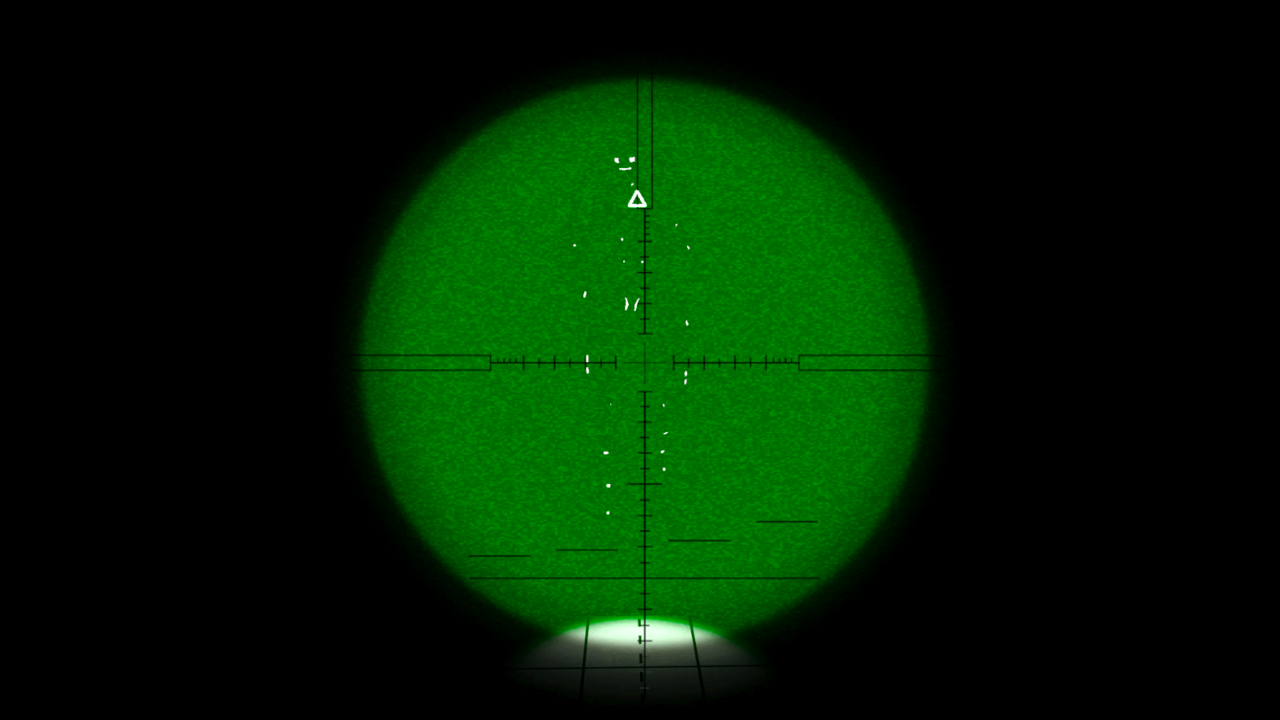

You can write / edit your scripts directly in the Scripting panel in MRIcroGL e.g., you could copy-paste what I have below, edit it, and run it all in MRIcroGL. So, as I said before, start with Scripting > New (or you could select the mosaic template script as a starting point).įirst, a few basic things.

I also want a 3D rendered brain to show from which portions of the brain I obtained these slices. In my case, I want to make a “mosaic” image that shows different brain slices, with fMRI activation overlaid. Now, back to our goal - to make a fMRI results figure.

This link to one of the MRIcroGL GitHub pages is also helpful for providing scripting examples.Īnother (totally different) possibility from the MRIcroGL templates folder Using MRIcroGL to create a fMRI results image I will go through just one beginner example here, but his site has a lot more detail. Before I forget, here is the link to Chris Rorden’s wiki page that provides a ton more detail on MRIcroGL scripting. Click through the different templates to get a sense of what’s possible in MRIcroGL (a lot!). In the scripting menu, you’ll also see multiple templates. To start your own script for a figure, go to Scripting > New. MRIcroGL possibilitiesįirst, you’ll want to open the scripting panel. Most importantly, you have a python-based coding option so that you can create reproducible figures so you can easily tweak your figures later, adapt figures for future papers, etc. You have a ton of different options that can be tweaked, in addition to nice rendering. In addition to using MRIcroGL to just open and scroll through NIFTI files, I find it super useful for creating manuscript figures. Like MRIcron, Chris Rorden’s MRIcroGL is a really powerful and flexible tool for visualizing MRI images and statistical results. Here I’ll briefly break down (some of) the scripting options for creating figures in MRIcroGL.


 0 kommentar(er)
0 kommentar(er)
